The Disappearance of Helle Crafts
Helle Crafts murdered fed through woodchipper
In 1986, flight attendant and mother of three Helle Crafts went missing. Her abusive husband was the chief suspect after evidence indicating he'd renting a woodchipper.
Original air date: April 23, 1996
Posted: April 24, 2022
By: Robert S.
Season 1, Episode 1
Danish-born Helle Nielsen met Eastern Airlines pilot Richard Crafts, and despite a nearly 10 year age difference, the pair hit it off. They were married in 1979, and the couple had three children in short succession. Helle Crafts worked as a flight attendant for Pan Am Airlines while raising the children, but by the mid-1980s, the marriage began to show signs of strain. Helle first suspected her husband Richard was carrying on an affair when she spotted a strange phone number on their long distance bill. This was corroborated with evidence captured by a private investigator hired by Helle.
The couple's divorce was imminent. Despite confiding in her coworkers and family about her fears of Richard, Helle hoped for an amicable dissolution. Returning from an overseas flight, Helle was dropped off by a friend late one evening in November 1986. Neither friends nor family heard from Helle again. When asked of her whereabouts, Richard Crafts told a variety different narratives. In some, Helle was visiting her mother in Denmark. In others, she was travelling abroad with a friend. It was nearly two weeks before Helle was officially reported missing.
A combination of eyewitness information and circumstantial evidence prompted investigators to search the couple's home. The recently-removed bedroom carpeting raised questions the live-in nanny couldn't answer. And detectives zeroed in on blood evidence along the side of the mattress. Subsequently, a series of tests indicated the blood was from a human and type O positive – Helle's type.
The investigation would move to a riverbank where a witness had seen a strange incident one late night in November. The snowplow driver saw a man on the shore operating a woodchipper at 3am. A key piece of evidence at the river's edge would tie Helle to the location of the woodchipper. But could investigators' worst case scenario possibly be true? Had someone been so cold and callous to actually dispose of a body in that manner?

The Facts
Case Type: Crime
Crime
- Murder
Date & Location
- November 18, 1986
- Newtown, Connecticut
Victim
- Helle Crafts (Age: 39)
Perpetrator
- Richard Crafts (Age: 48)
Weapon
- Flashlight
Watch Forensic Files: Season 1, Episode 1
The Disappearance of Helle Crafts

The Evidence
Forensic Evidence
- Blood: Spatter
- Blood: Typing
- Composition match: Chemical
- Dental records
- Eyewitness
- Fibers: Clothing
- Hair
- Purchase record/receipt
- Remains: Bodily/Tissue
- Remains: Skeletal
- Serial number
Forensic Tools/Techniques
- Orthotolidine
- Spectrography

Usual Suspects
No Evil Geniuses Here ?
- None occurred in this episode
Cringeworthy Crime Jargon ?
- None uttered in this episode
File This Under... ?
- Keep it in the family
- Lie detector incorrect

The Experts
Forensic Experts
- Dr. Henry Lee: Criminalist, Forensic Scientist
Quotable Quotes
- "I met with her [Helle] several days after we had caught Richard with his girlfriend. And there were many photos of affection between the two of them. Her kissing him and hold his hand and rubbing his back – those types of photos." - Keith Mayo: Private Investigator
- "I want to tell you something I told my lawyer. If anything ever happens to me, don’t think it was an accident." - Helle Crafts
- "The friends were basically telling me that she had disappeared. And that she was not type of individual who would do this; she had three small children. So I called Keith Mayo." - Diane M. Andersen: Helle Crafts’ Attorney
- "They were just laying there, ya know? And I thought, ‘Good Lord,’ ya know? I didn’t even think too much about how the chipper came into play at that point, until we started finding a lot of, a lot of hair. That was when I remarked to my boss, ya know, I said, ya know ‘If he did what I think he did, it’s time for me to retire.’" - Marty Ohradan: Homicide Investigator
- "I received a phone call from Dr. Lee asking me if I would come and take a look at these little pieces of what he thought to be bone. And he wanted me to see if I could identify them in any way." - Albert B. Harper, PhD: Biological Anthropologist
- "So with the fractures beveling outwards, we know the force came from the inside; we know it was a whole lot of force. So we didn’t know if that’s what killed her, we didn’t know she was dead before it happened, but we certainly knew she was dead afterwards." - H. Wayne Carver II, MD: Chief Medical Examiner
Book About This Case
- The Woodchipper Murder - Arthur Herzog
Find a typo or issue with the details of this case? Leave a comment below, or contact us!

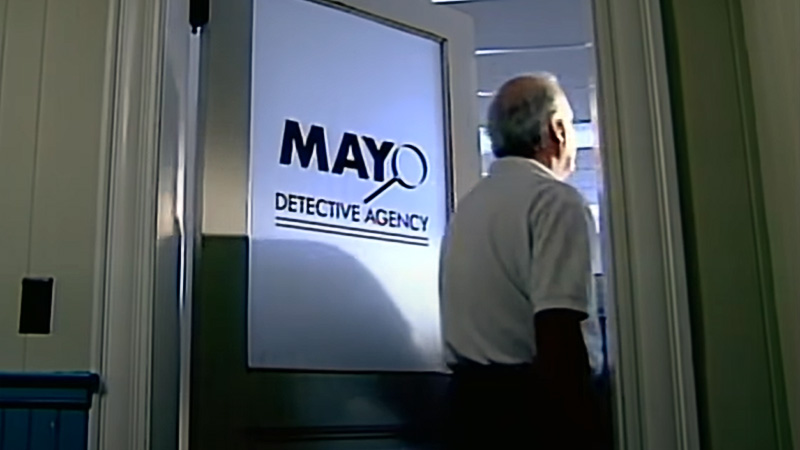
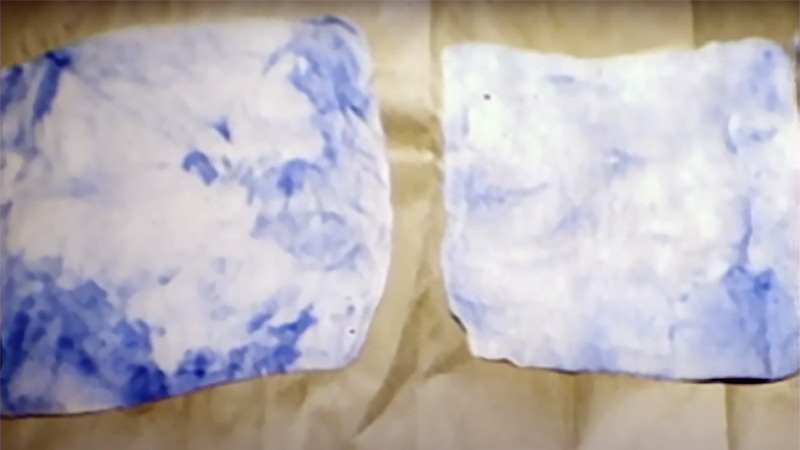
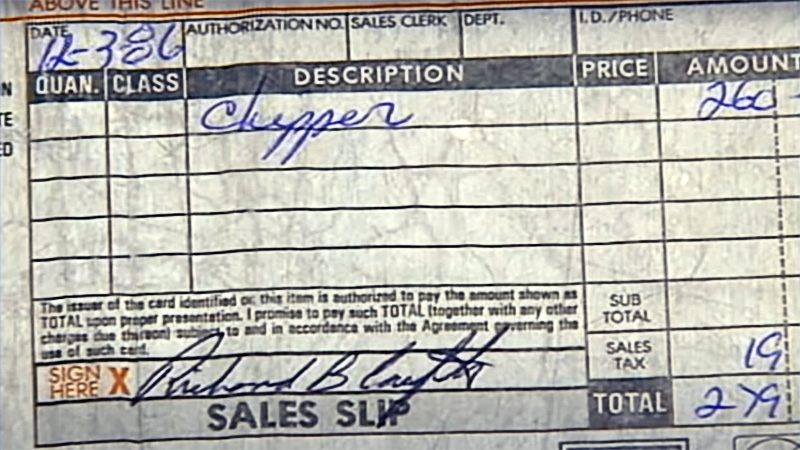
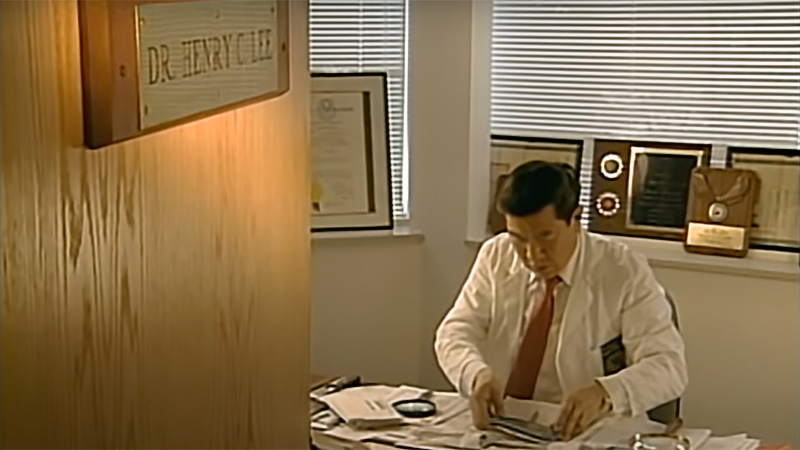
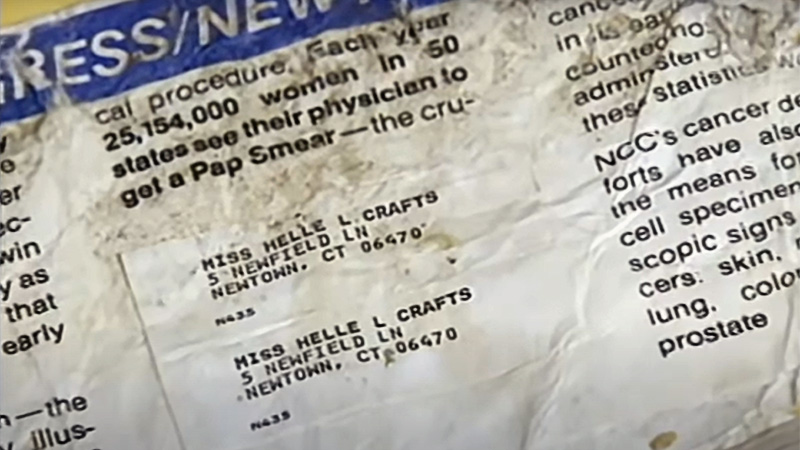
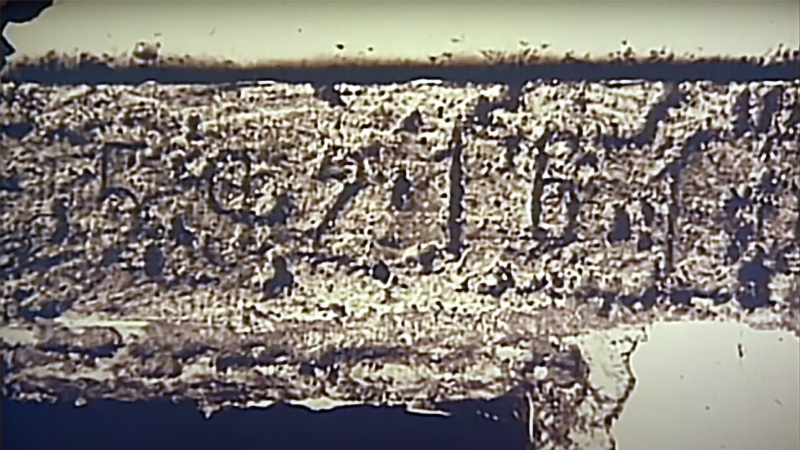
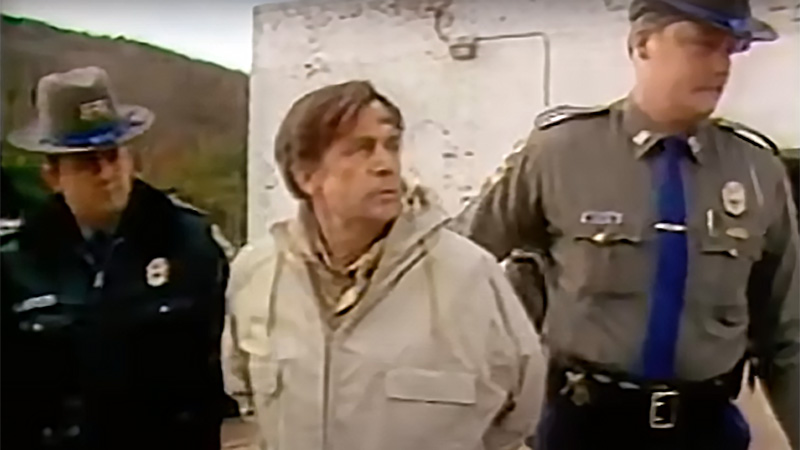
Fans' Corner
Add new comment